PEX (cross-linked polyethylene) pipes have become a popular choice for plumbing installations due to their flexibility, durability, and ease of installation. However, sometimes these pipes may need to be straightened in order to fit into tight spaces or make a neater installation. Straightening PEX pipe can seem like a daunting task but with the right tools and techniques, it can be easily accomplished.
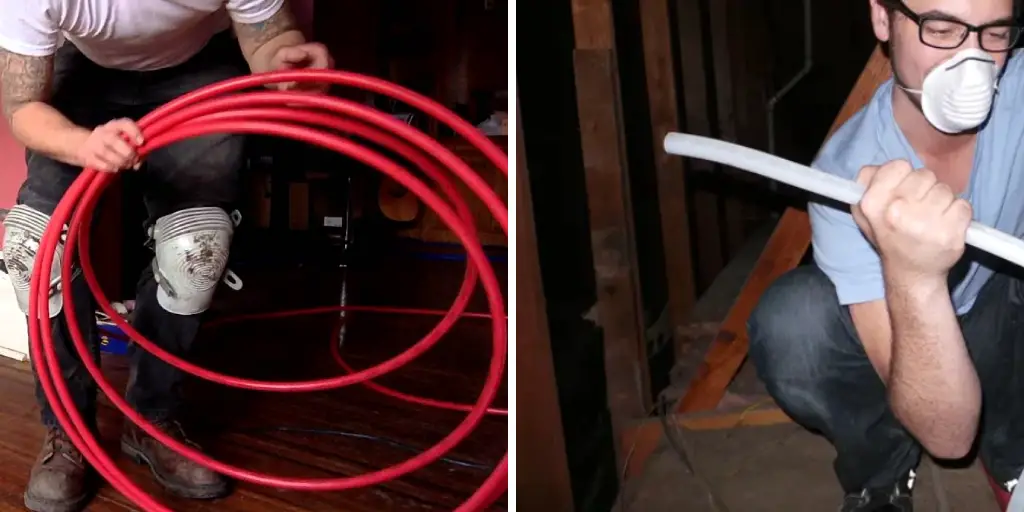
The main advantage of using PEX pipe for plumbing is its flexibility. Unlike traditional metal pipes, PEX pipe can be bent and twisted without breaking, making it easier to navigate around obstacles in the walls or floors when installing water systems. In this blog post, You will learn in detail how to straighten pex pipe.
Step-by-step Instructions for How to Straighten Pex Pipe
Step 1: Inspect the Pex Pipe
Before beginning the straightening process, it is important to ensure that the pex pipe is in good condition. Inspect the pipe for any cracks or damage that may hinder its ability to hold its shape after being straightened.
Step 2: Prepare the Work Area
Make sure you have a clean and flat work surface where you can lay out your pex pipe. This will make the straightening process easier and prevent any potential damages. Using a heat gun or a hair dryer, apply heat evenly to the area of the pex pipe that needs to be straightened. Be careful not to overheat the pipe as this can cause it to melt or deform.
Step 3: Use a Bending Spring
Once the pex pipe is heated, immediately place a bending spring over the section that needs to be straightened. The bending spring will help hold the shape of the pipe while it cools down. Using your hands or pliers, gently straighten out the heated section of the pex pipe. Be careful not to apply too much force as this can cause the pipe to become brittle and break.
Step 4: Cool Down the Pipe
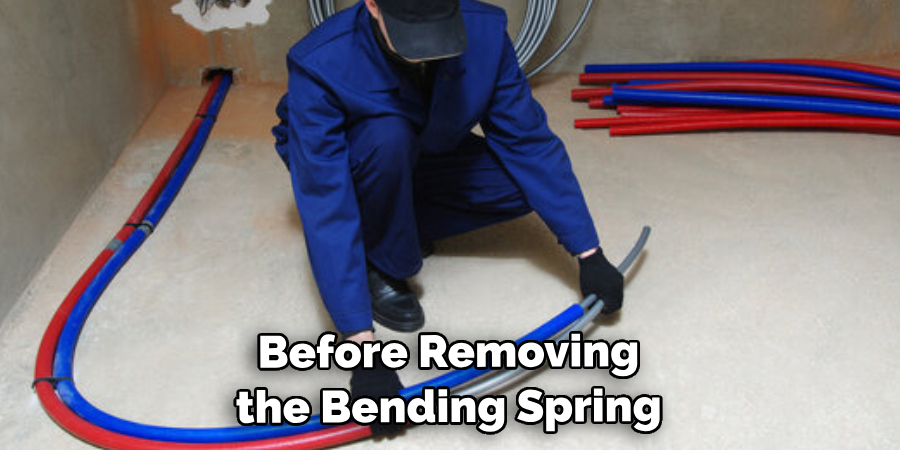
Allow the pex pipe to cool down completely before removing the bending spring. This will ensure that the pipe maintains its new shape. If there are multiple areas on the pex pipe that need to be straightened, repeat the heating and bending process as needed.
Step 5: Check for Straightness
After the pipe has cooled down, check to make sure it is completely straight. If there are any remaining bends or kinks, repeat the straightening process until desired result is achieved. If you are straightening longer sections of pex pipe, it may be helpful to use a specialized tool such as a pex straightener. These tools provide more even pressure and can help prevent potential damage to the pipe.
Step 6: Use Boiling Water
In some cases, you may need to straighten a larger section of pex pipe. In this case, you can use boiling water instead of a heat gun. Simply submerge the pipe in boiling water for a few minutes before attempting to straighten it.
Step 7: Test the Pipe
Before using the straightened pex pipe in any plumbing or construction project, test its integrity by running water through it and checking for leaks. To prevent the pex pipe from bending or kinking during storage, make sure to store it in a cool and dry place. Avoid storing it near any heat sources that can cause it to become malleable again.
By following these steps, you can easily straighten pex pipe and ensure its durability and longevity in any plumbing or construction project. Remember to always handle the pex pipe with care and monitor the heat application to prevent any damage.
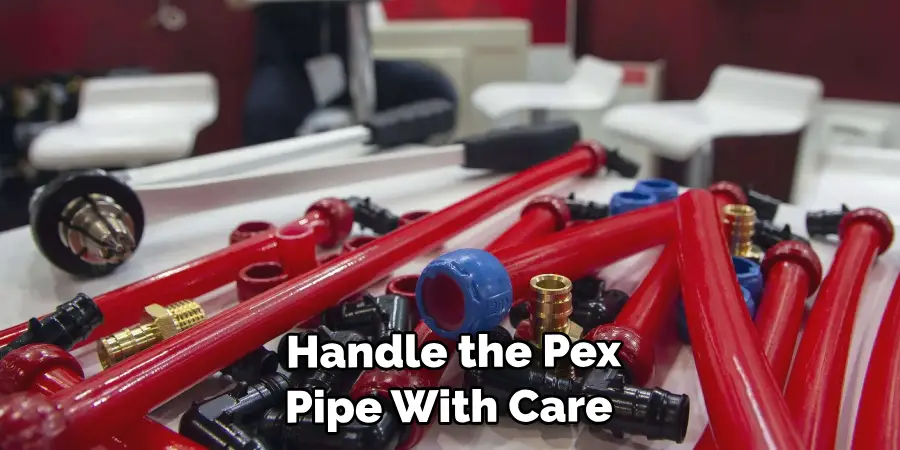
Safety Tips for How to Straighten Pex Pipe
- Always wear protective gloves and eyewear when handling hot pex pipe to avoid burns and injuries.
- Make sure the work area is well ventilated to prevent any fumes from the heat gun or hair dryer.
- Use caution when using pliers or bending springs as they can be sharp and cause cuts.
- Avoid heating the same section of the pipe for too long as this can cause the pipe to become brittle and break.
- Keep a fire extinguisher or water supply nearby in case of any accidental fires caused by the heat application.
- If using boiling water, use tongs or other utensils to handle the hot pex pipe instead of your bare hands.
- Always follow manufacturer’s instructions and recommendations for heating temperature and duration.
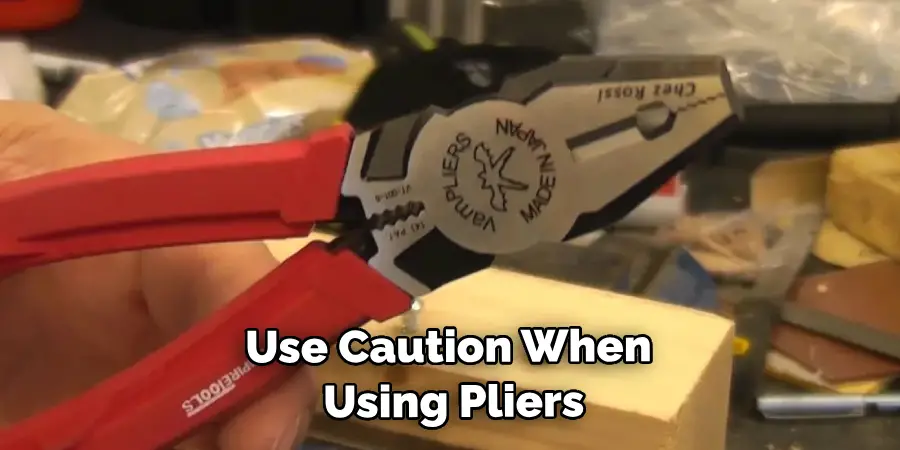
By following these safety tips, you can protect yourself and others from potential accidents while straightening pex pipe.
Common Mistakes to Avoid When Straightening Pex Pipe
- Overheating the pipe, causing it to melt or deform.
- Applying too much force while straightening, leading to potential breakage.
- Not properly cooling down the pipe before removing the bending spring, resulting in the pipe losing its shape.
- Neglecting to check for straightness after the first attempt and attempting to use a bent pipe in a project.
- Using the wrong tools or methods for straightening, causing damage to the pipe.
- Improperly storing the pex pipe after straightening, leading to potential kinks and bends.
- Rushing through the process without following proper safety precautions, resulting in accidents or injuries.
By avoiding these common mistakes, you can ensure a successful and safe straightening process for your pex pipe. Remember to always take your time and follow the recommended steps to achieve the best results.
Are There Any Risks Involved in Straightening Pex Pipe?
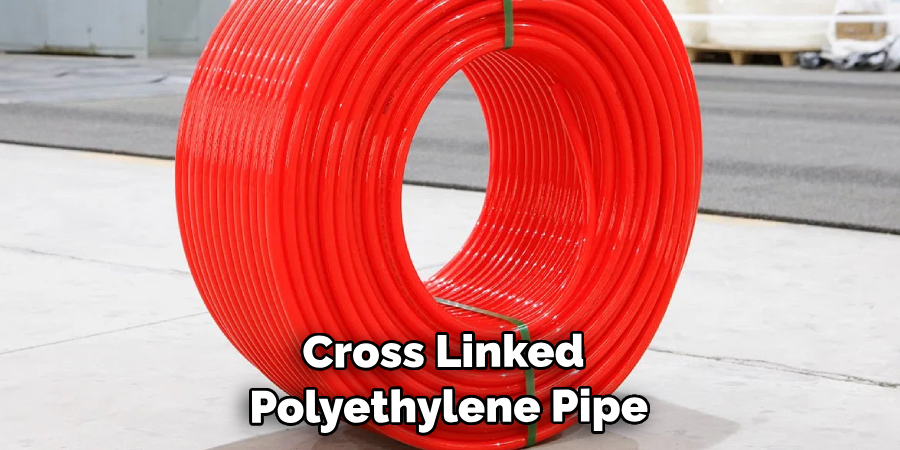
Pex pipe, also known as cross-linked polyethylene pipe, has become a popular choice for plumbing installations due to its flexibility, durability, and affordability. However, when it comes to straightening pex pipe, there are some risks involved that should be taken into consideration.
One of the main risks of straightening pex pipe is the possibility of damaging or even breaking the pipe. Pex pipe is designed to be flexible, which allows it to bend and curve without causing any damage. However, when attempting to straighten a pex pipe that has been bent or curved, there is a chance of putting too much pressure on the pipe and causing it to crack.
Another risk associated with straightening pex pipe is affecting its overall performance. Pex pipe is typically installed using special fittings that are designed to maintain the shape and integrity of the pipe. When straightening a pex pipe, these fittings may become loose or even dislodged, which can lead to leaks and reduced water flow.
Moreover, there is also a risk of creating kinks in the pex pipe while attempting to straighten it. Kinks can restrict the flow of water and reduce the overall efficiency of the plumbing system. In some cases, kinks may even cause the pex pipe to burst.
How Do You Prevent Kinks When Installing Pex Pipe?
Pex pipe, or cross-linked polyethylene pipe, has become a popular choice for plumbing and heating systems due to its flexibility, durability, and ease of installation. However, one common issue that can arise when working with pex pipe is the occurrence of kinks.
Kinks in pex pipe can significantly impact the flow of water or other liquids through the system. They can also weaken the pipe and potentially lead to leaks or bursts. Therefore, it is essential to know how to prevent kinks when installing pex pipe. Here are some tips that may help:
1. Use Proper Tools for Bending

When working with pex pipe, it is crucial to use the right tools for bending and shaping the pipe. Pex pipe is flexible, but it still requires a specialized tool such as a pex tubing bender to achieve smooth bends without causing kinks.
2. Avoid Sharp Turns or Radius
As with any bending process, sharp turns or tight radii can cause kinks in pex pipe. It is essential to use gradual curves when installing pex pipe to minimize the risk of kinking. If necessary, use fittings or couplings to change direction instead of forcing a tight bend.
3. Support the Pipe During Installation
Pex pipe is lightweight and flexible, which can make it susceptible to kinks during installation if not properly supported. Make sure to secure the pipe in place using clamps or straps to prevent accidental bending or twisting.
4. Use Heat When Needed
In some cases, pex pipe may require heating to soften and make it easier to bend without causing kinks. This is especially useful when working with older or colder pipes that may be less flexible. However, it is essential to use caution and not overheat the pipe, as this can also lead to kinking.
5. Train the Pipe Before Installation
Another useful technique to prevent kinks is training the pex pipe before installation. This involves gently straightening and bending the pipe in a controlled manner, gradually increasing its flexibility without causing any permanent damage or kinks.
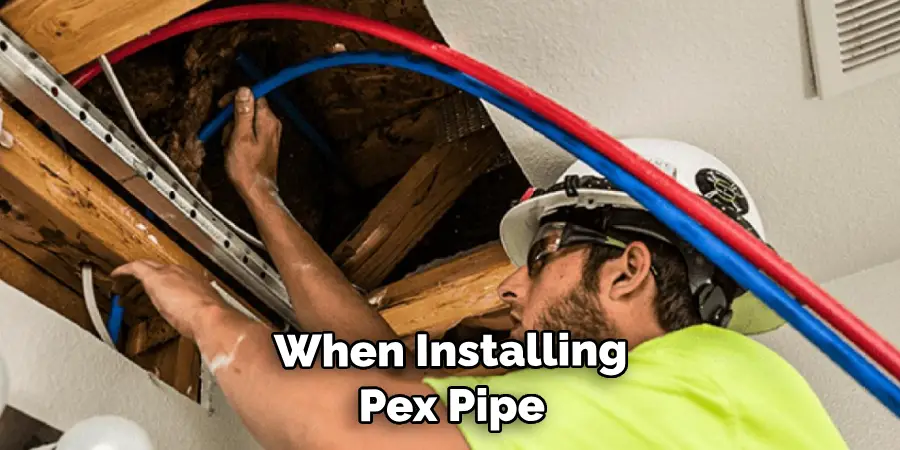
By following these tips, you can minimize the risk of kinking when installing pex pipe. It’s also crucial to use high-quality pex pipe and fittings from reputable manufacturers to ensure their durability and resistance to kinks. With proper installation techniques and materials, you can enjoy the benefits of pex pipe without worrying about potential kinks in your plumbing or heating system.
Are There Any Potential Consequences if You Don’t Straighten Your Pex Pipe Properly?
The answer is yes. While PEX pipes are durable and reliable, they can still suffer from damage if not handled correctly. Here are some of the potential consequences you might face if you don’t straighten your PEX pipe properly:
1. Restricted Water Flow
One of the most common consequences of a kinked PEX pipe is reduced water flow. When the pipe is bent or crimped, it restricts the flow of water, leading to low pressure and inadequate supply. This can be a major inconvenience, especially when you need a steady flow of water for tasks like showering or doing dishes.
2. Leaks
Kinks in PEX pipes can also cause small cracks or fractures, which can lead to leaks over time. These leaks might start off as minor drips but can quickly escalate into significant water damage if left unchecked. Not to mention, fixing leaks can be a costly and time-consuming process.
3. Damaged Fittings
PEX pipes are connected using fittings that require the pipe to be straight. If you don’t straighten your PEX pipe before installation, it can cause strain on the fittings, leading to cracks or even detachment. This not only means additional repair costs but also a potential water outage until the issue is fixed.
4. Reduced Lifespan
PEX pipes are known for their durability, but this can be compromised if they are not installed correctly. A kinked PEX pipe puts unnecessary stress on the material, which can lead to premature wear and tear. This means that you might have to replace your pipes sooner than expected, adding to your expenses.
While it might take some extra time and effort, doing so will ensure that your plumbing system functions smoothly for years to come. So the next time you are working with PEX pipes, make sure to take the extra steps to straighten them properly and avoid any potential headaches down the line.
Conclusion
In conclusion, knowing to straighten PEX pipe is a useful skill for any homeowner or DIY enthusiast. This flexible and durable piping material has become increasingly popular in recent years due to its ease of installation and resistance to corrosion. However, its flexibility can also present some challenges when it comes to ensuring proper alignment and positioning. To straighten PEX pipe, you can use several methods such as heating, bending tools, or combination of both.
Heating the pipe allows it to become more pliable and easier to manipulate, while using bending tools can help maintain a consistent shape and angle. When heating PEX pipe, it is important to use a heat source with a controlled temperature such as a heat gun or hot water bath.
It is recommended to use caution and avoid overheating the pipe, as this can cause damage and compromise its integrity. I hope this article has been beneficial for learning how to straighten pex pipe. Make Sure the precautionary measures are followed chronologically.

